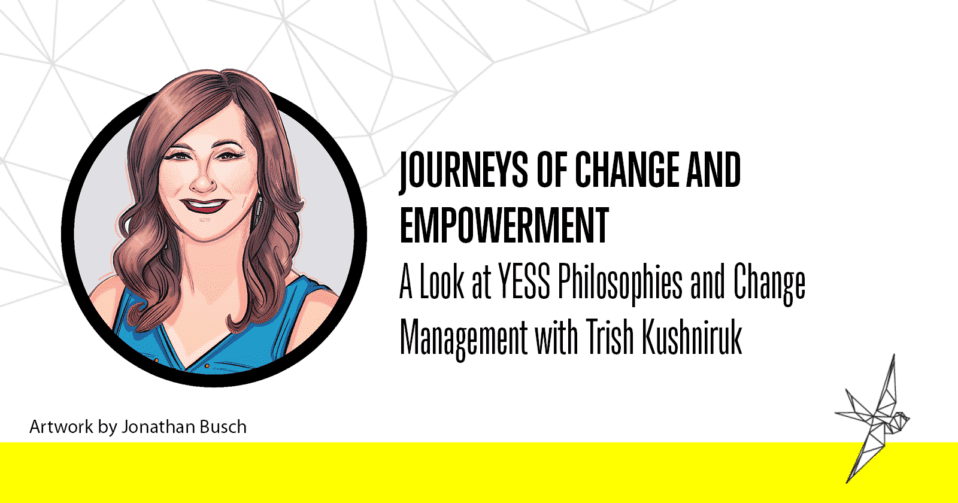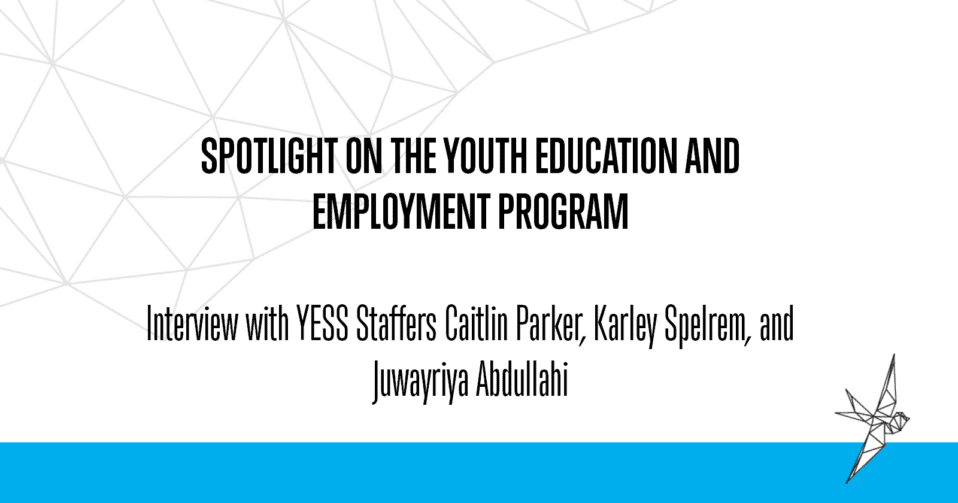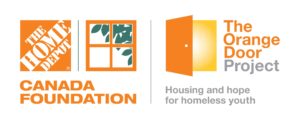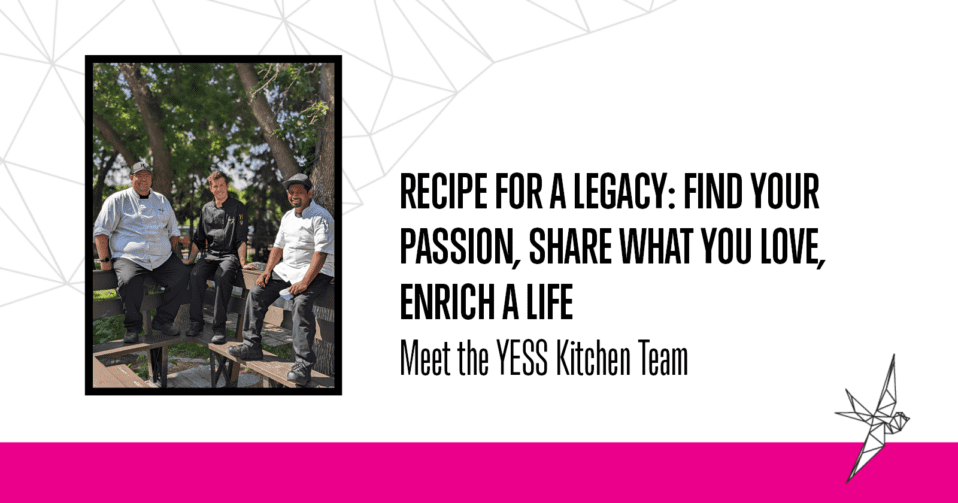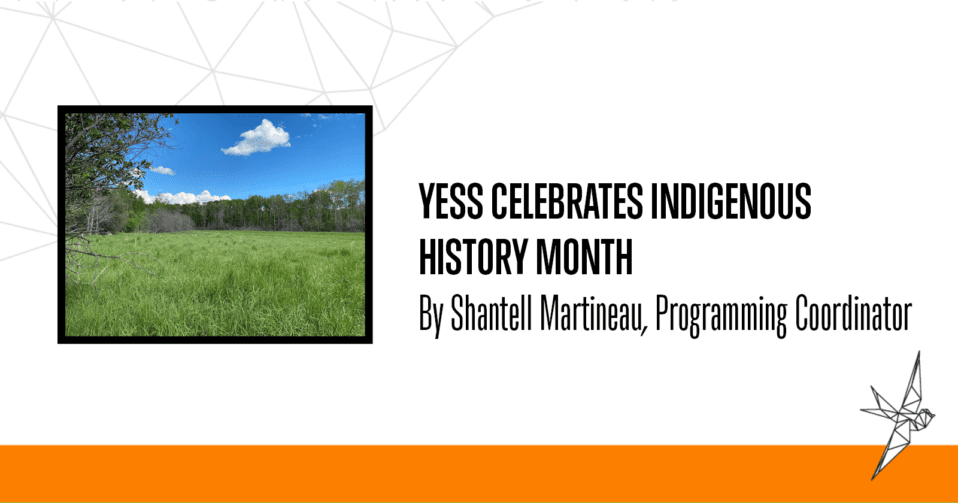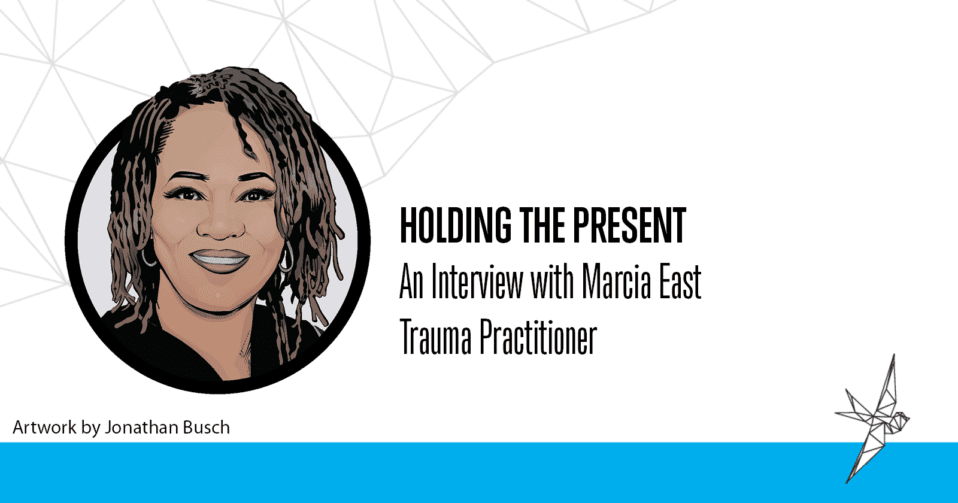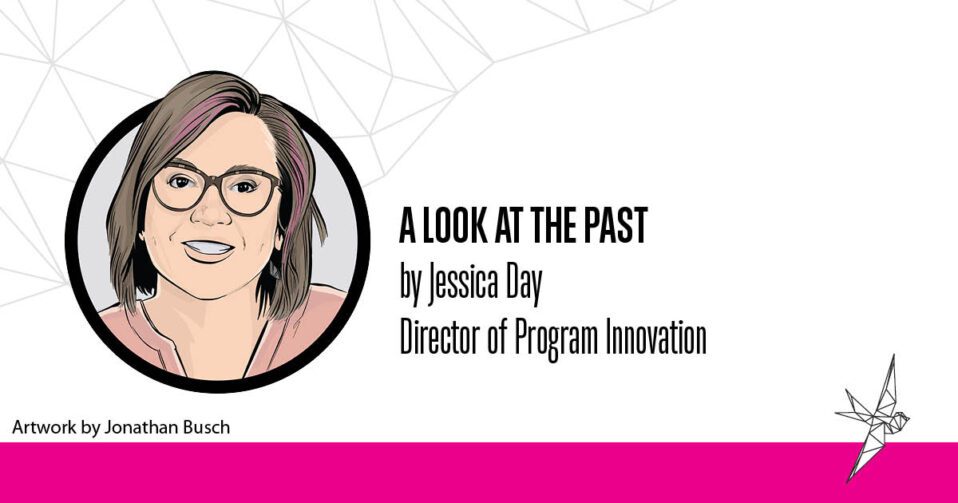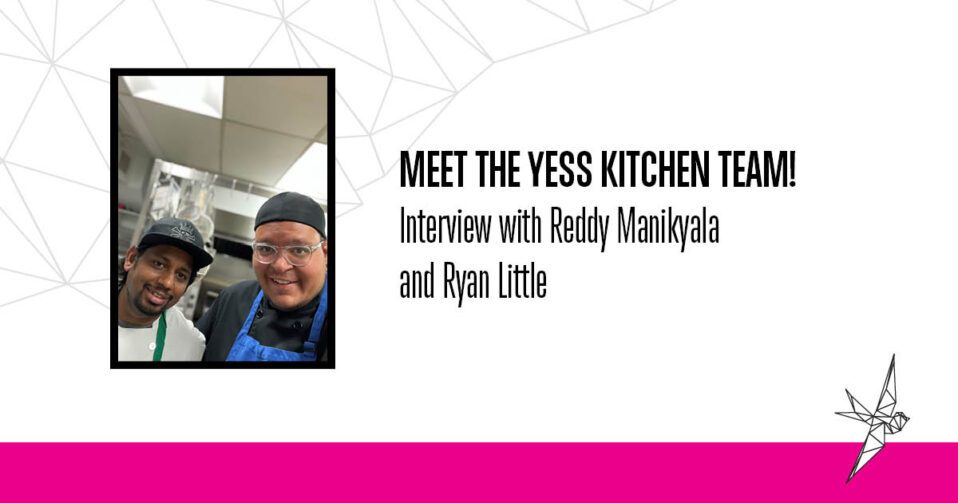Being on the Board of Directors for YESS, I have had significant exposure over the past three years to the important work that YESS is doing to support Edmonton’s youth, and every time I hear of new initiatives or specific impacts of their work, I am overwhelmed with passion. With a mission to walk beside traumatized youth on their journeys towards healing and appropriate community integration, the opportunity is tremendous, yet complicated.
YESS works collaboratively within a network of care focused on the prevention of youth homelessness. They do this by providing youth with the necessary supports to stabilize their housing, improve their wellbeing, build life skills, connect with community, and avoid re-entry into homelessness. It’s not just about emergency shelter, but so much more. YESS strives to meet youth where they are at and works with them to build a trauma-informed support plan that the youth can understand and own themselves.
Now, outside of my work with YESS, I spend my work life managing change within organizations, and as such have learned a lot about the psychology of how people move through change. It’s most often not straightforward or smooth, and never the same for two people.
I’d like to introduce one model developed by Prosci, a global organization committed to the development and education of change management methodologies and tools. It’s called the ADKAR Model, and it represents the five outcomes every individual needs to achieve for change to be successful. In other words, this model outlines the stages of change that people go through as they adopt change. ADKAR, in its simplest terms, is defined as:
- The first “A” stands for awareness, meaning understanding what needs to happen is the first step in moving an individual through change.
- The “D” represents desire, which suggests that the next step in an individual’s change journey is why they should change, otherwise known as “what’s in it for them.”
- The “K” indicates the stage where knowledge comes into play, and individuals learn how to make a change.
- The second “A” speaks to an individual’s ability to implement new skills and behaviours towards changing.
- Last, the “R” represents the reinforcement required to make a change stick, or what’s needed to sustain a change.
I share with you this model because I think it helps understand youth’s journeys, as well as YESS’ approach to support. The idea behind the model is that people need to move through each stage at their own pace, step by step. Each person spends more or less time within each phase based on their own experiences and abilities. Consider the last change you went through—was it exactly the same for others around you?
And what I have learned in my time working with the YESS team is that the path each youth takes is not clear, straight, simple, or short. It is indeed an individual journey, and when we try to leverage a standard one-size-fits-all model, we fall short. We need to make space for our youth to build trust and find safety in working with YESS, allow them to create their own goals, and craft their own plan to achieve those goals.
And here’s where we see impact: YESS has already created a support model that allows youth to be in charge of their own plan, focusing on what is important to them and allowing the right amount of time to process as they need—an approach that takes time and energy beyond what a one-size-fits-all model might require.
So, putting that into the context of the ADKAR Model, YESS is already doing their part to support youth in their individual change journeys towards healing and community integration, allowing them to address their own unique barriers, in their own time.
Part of why I become a Board Trustee is because I hope we, as a community, can do the same. What I’ve learned through stories of youth who access YESS is that the change process is different for everyone, and every time I think I understand these youth’s experiences, I learn something more. Their journeys are evolving, and so are the perceptions of the community. People are starting to understand the impact of trauma-informed structure and processes, and I am honoured to be part of YESS’ contribution to this awareness building.
From the YESS team: It is our belief that if we give youth safe space, consistent and non-judgemental support and teaching, and the time to choose their own path to success, we can prevent further entrenchment into the cycles of trauma and homelessness.
How can we as a community continue to show up and find new ways to support youth in their unique journeys?

